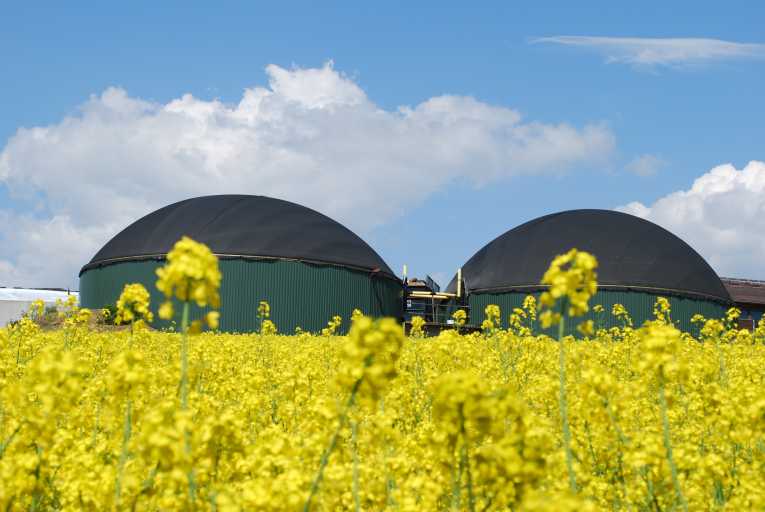It sounds like an impossible equation. America's most populous state, California, aims to reduce its carbon emissions to 80% below its 1990 levels in the next 40 years, while its population is expected to rise from 37 million to 55 million and the demand for energy is expected to double.
However, scientists at Lawrence Berkeley National Laboratory are optimistic in a new report that the state can hit the target.
'California's Energy Future: The View to 2050' looks at a variety of scenarios for future energy use to achieve this target, including electrification, enhanced efficiency, nuclear energy, renewable energy sources, grid modernization, and carbon capture and sequestration (CCS).
And, according to the report, California is already on the way to the massive emissions reductions: ''California can achieve emissions roughly 60 percent below 1990 levels with technology we largely know about today if such technology is rapidly deployed at rates that are aggressive but feasible.''
Developments in new technologies - including artificial photosynthesis, fusion energy, more efficient and sustainable biofuels, hydrogen fuel, more effective CCS and advanced batteries for both vehicles and grid storage - can make up the shortfall say the Berkeley Lab scientists, whose colleagues are already working to improve these technologies.
If nothing changes then California's emissions in 2050 will be twice those of 1990, but just by using current technology more efficiently that increase can be limited to 20 percent.
A new way of distributing energy will be key to hitting the reduction target says the report. ''The grid as it currently stands is entirely unsustainable,'' says Berkeley Lab researcher Jeff Greenblatt. ''We're going to see a very different grid in 2050 than we have now.''
Jim McMahon, head of the Energy Analysis Department in the Environmental Energy Technologies Division, explained: ''We need either more storage on the grid-whether with batteries or compressed air or something else-or a very intelligent system that's able to respond to what's available. For example, since the wind tends to blow more at night, a smarter system would heat your water at night when you have the power and store that water, and not in the morning when everybody wants to take a shower.''
Generation too will need to change, with California's renewable energy resources needing to grown significantly to the extent that 1.3 percent of the state's land area would have to be devoted exclusively to renewables.
Acting quickly to make the machines we already use more efficient is key say the team. Space and water heating, vehicles, domestic cooking and bus and rail fleets should be electrified whenever possible.
The final ingredient is the state's population, who will have to make significant changes to their behaviour says McMahon: ''It's things like changing your diet, changing transportation to carpool more and use public transit, thermostat setbacks so you're cooling or heating your house a little less, eco-driving-in Europe they've taught people how to drive more efficiently. If you had 10 percent of people telecommuting, you'd have 10 percent less traffic.''
''There's portion of the population very interested in green living. I tend to think it's generational-there are a lot of young people trying to figure out how to live more sustainably on the earth. So over time they may have more and more say over what we do.''










